Virtual Phase 1: ONLINE
Intensive Phase: Campus Groenenborger, University of Antwerp, Antwerp, Belgium
Virtual Phase 2: ONLINE
About Belgium
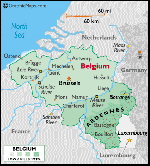 Belgium is situated in the west of Europe, bordered to the north by the Netherlands, to the east by Germany and the Grand Duchy of Luxembourg and to the south and the west by France. Although its surface area of only 32,545 square kilometers makes it a small country, its location has made it the economic and urban centre of Europe. Due to its central location, Belgium is a perfect hub to plan your tour of Europe (e.g., for city trips to Paris, Amsterdam, Berlin, Barcelona,
).
Belgium is situated in the west of Europe, bordered to the north by the Netherlands, to the east by Germany and the Grand Duchy of Luxembourg and to the south and the west by France. Although its surface area of only 32,545 square kilometers makes it a small country, its location has made it the economic and urban centre of Europe. Due to its central location, Belgium is a perfect hub to plan your tour of Europe (e.g., for city trips to Paris, Amsterdam, Berlin, Barcelona,
).
Since the time that Belgium was still called Belgica by the Romans, up until its independence in 1830, our country has successively been part of the Roman Empire, Spain, Austria, France and the Netherlands. We were visited by the Vikings and just about everyone else. Culturally we have been influenced by all of them. You can easily find these influences in our cities like Brussels, Bruges, Antwerp and many more.
Brussels, for instance, is not only Belgium’s capital but also the one of Europe as it is the site of the headquarters of the European Commission, the Council of Ministers and the European Parliament. Other major international organizations, such as NATO, are also located in Brussels.
People
There are three communities living in Belgium. The Flemish, in the northern part of the country, speak Dutch. The Walloons, in the southern part of the country, speak French. Finally, in the far east of the country there is a German-speaking community. Brussels is a bilingual region (french and dutch, but english is also spoken by most citizens).
Although disparities exist between those living in different regions, Belgium is rated among the world’s countries with the highest standard of living. Finally, crossed by language boundaries, socio-economic realities and different identity streams, Belgium has adopted an attitude of peaceful resolution of the conflicts that sometimes arise from this diversity. This is the famous compromise Belgian style which is said by some to be the source of the famous Belgian surrealist art.
Some famous Belgians you might have heard of are Adolphe Sax (musical instrument designer, inventor of the saxophone), Pieter Paul Rubens (17th century Baroque painter), René Magritte (surrealist artist), Panamarenko (assemblagist in sculpture), Andreas Vesalius (founder of modern human anatomy), Toots Thielemans (jazz musician well known for his guitar and harmonica playing) and Victor Horta (Art Nouveau architect).
What Belgium is most known for
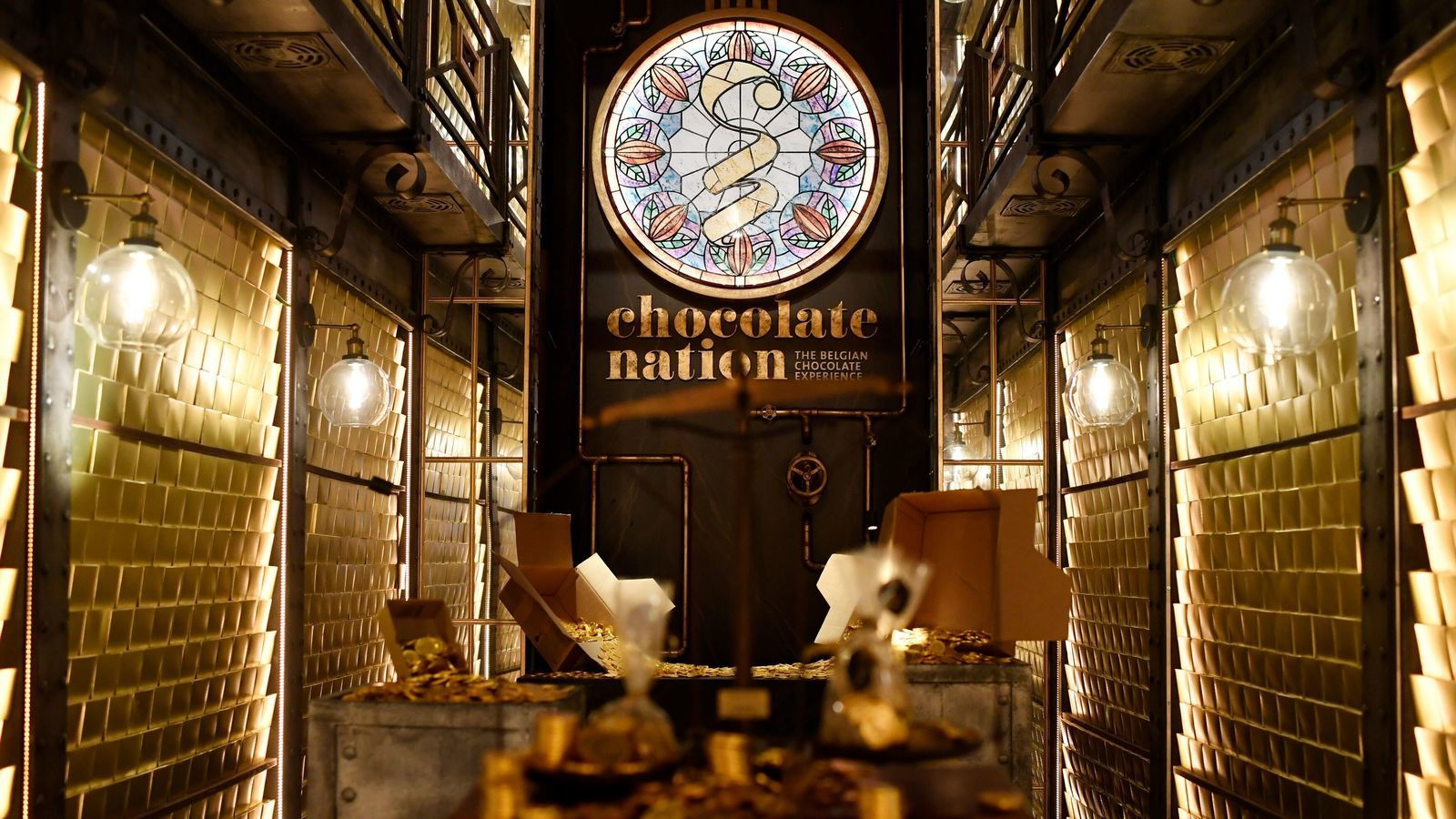
Belgium is famous for its beer, chocolate, waffles and its cuisine in general. Did you know that Flanders has more Michelin star restaurants per capita than France? Although every region has its special foods, the national dish of Belgium is considered to be mussels and fries.

Belgium produces more than 800 different kinds of beers, ranging from lagers and white beers to trappists (beer brewed at a monastery) and seasonal beers. A beer tasting is a mandatory activity for every visit to Belgium. There are plenty of pubs that offer a wide variety of brands, just make sure to try some of the (stronger) special beers (as opposed to the standard Pils or Pale Lager).
Belgium is also well known for its comic books, which were highly influential in the development of the European comic book scene. Among the most famous are Tintin (Kuifje), The Smurfs (De Smurfen) and Willy and Wanda (Suske en Wiske).
Currency

The currency used in Belgium is the European Union’s Euro. As of June 2024, 1 is worth about $1.08 (check current rate here). You can see what the Euro looks like at the site of the European Central Bank.
All major credit cards are accepted in most shops, hotels, and restaurants. Banks are open on weekdays from 09:00 to 16:00. Automatic teller machines are widely available.
Electrical Outlets


Belgium uses Type C and Type E electrical outlets operating at 230 Volts and 50 Hz. These outlets are commonly used in France, Italy and partly compatible with the Netherlands, Germany,
Weather
In November, the temperature varies between 13 and 5 degrees Celsius with possibly sun or showers. You can always consult the local weather forecasts of the local weather forecasts.
Smoking
According to Belgian law, it is forbidden to smoke in public places. Hence ALL congress facilities are non smoking areas. Also, smoking is forbidden in restaurants and restricted in pubs.
More Information
More information can be found on the following websites:
- Visit Flanders website
- Office de Promotion du Tourisme de Wallonie et de Bruxelles
- Meeting and Incentive guide for Flanders and Brussels
About Antwerp
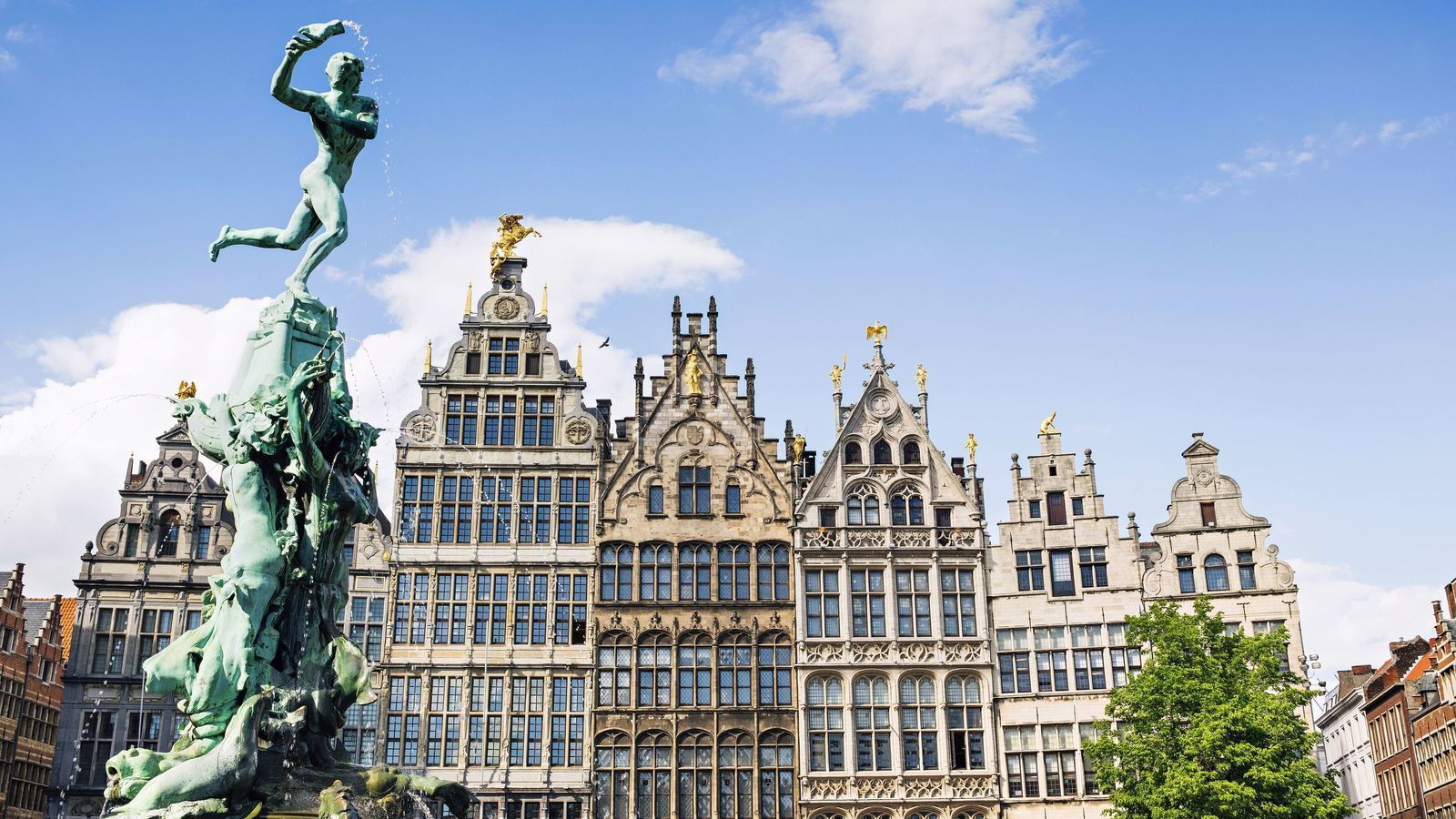
Antwerp lies on the banks of the River Scheldt and is with 500.000 inhabitants Belgium’s second largest city. It is the second largest harbor of Europe (after Rotterdam). Moreover, Antwerp is a splendid city with numerous architectural highlights, most of which date from the 16th (the golden era of Antwerp) and the 17th century. The past is also represented by the numerous paintings of Peter Paul Rubens who lived in the Antwerp of the early 17th century.
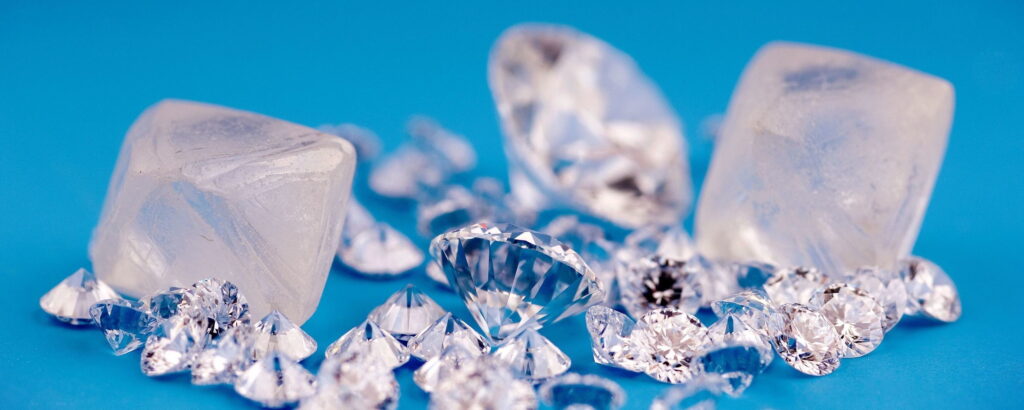
If diamonds really are a girl’s best friend, than a lot of ladies will not leave out a visit to the diamond district around the Railway Station as Antwerp is the diamond center of the World.
Antwerp (Antwerpen in Dutch, Anvers in French) is the 2nd largest city of Belgium and the largest city of Flanders, the Dutch-speaking part of Belgium. Located on the banks of the river Scheldt, Antwerp has one the biggest seaports in the world. Antwerp is known for its culture, art, Rubens, fashion, beer, chocolates and lets not forget diamonds!
Culinary delights
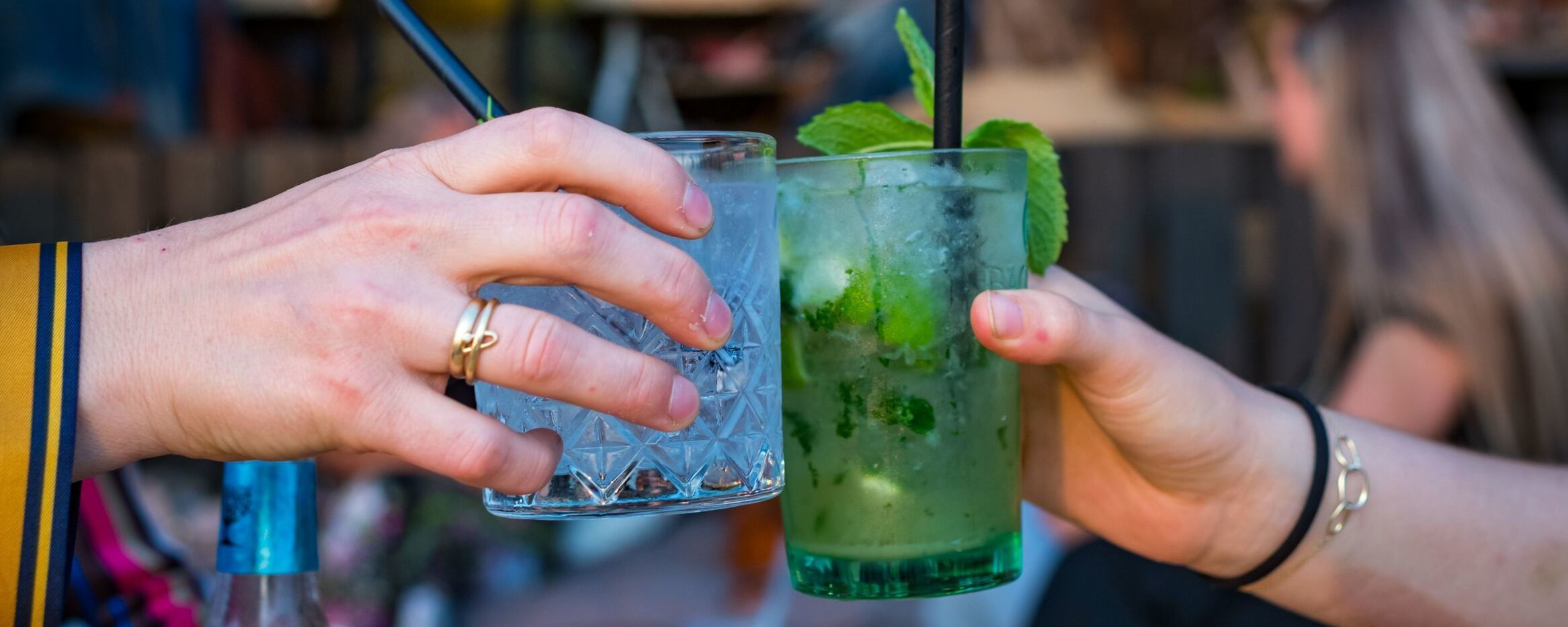
Antwerp has an impressive offer of enticing restaurants, fresh bakeries, coffee houses, chocolate stores, and pubs. In the cobbled lanes and back streets of its historic center, Antwerp hides some very fine restaurants offering you a typical Belgian cuisine. Fans of a more international cuisine will most certainly find their way to one of the many Italian restaurants or to Antwerp’s Chinese street. Most pubs have an ample selection of beers, coming from a number of famous Belgian breweries some of which are located in the city center of Antwerp. For example the De Koninck Brewery known for its Bolleke Koninck (5%), and Duvel Moortgat brewery known for the Duvel beer (8,5%).
Sightseeing & shopping
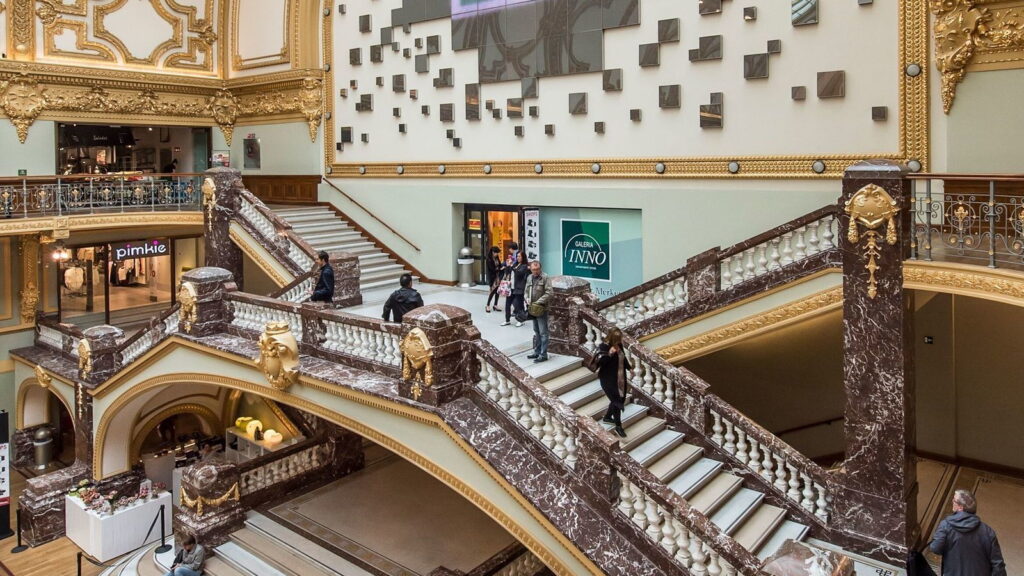
As you soak up Antwerp’s unique atmosphere, be sure to pay attention to some architectural masterpieces during your walks through the city. Be warned however, that you will most likely be distracted by glittering jewellery shops, trendy boutiques and the smell of warm waffles. Shopping in Antwerp is at its best, from the world’s largest diamond center (it covers one square kilometer), to the lively shopping street, the Meir (one of the biggest shopping streets in Belgium), to designer boutiques and antique shops. Also make sure to visit the Stadsfeestzaal, the recently renovated city ballroom hall which was converted into a shopping mall (located on the Meir street). Over the years Antwerp has become one of the fashion cities of the world, with numerous young Flemish fashion designers (e.g., Dries Van Noten, Walter Van Beirendonck, Ann De Meulemeester, Dirk Bikkembergs) coming on the scene.
Peter Paul Rubens
Antwerp was home to Peter Paul Rubens, Belgium’s most influential artist in early 17th century. Museums and churches around the city display some of his most famous paintings such as The Descent from the Cross’ (1612). One of Antwerp’s most prized possessions is the artist’s home, which also served as a studio where Rubens taught and worked.
Antwerp Zoo
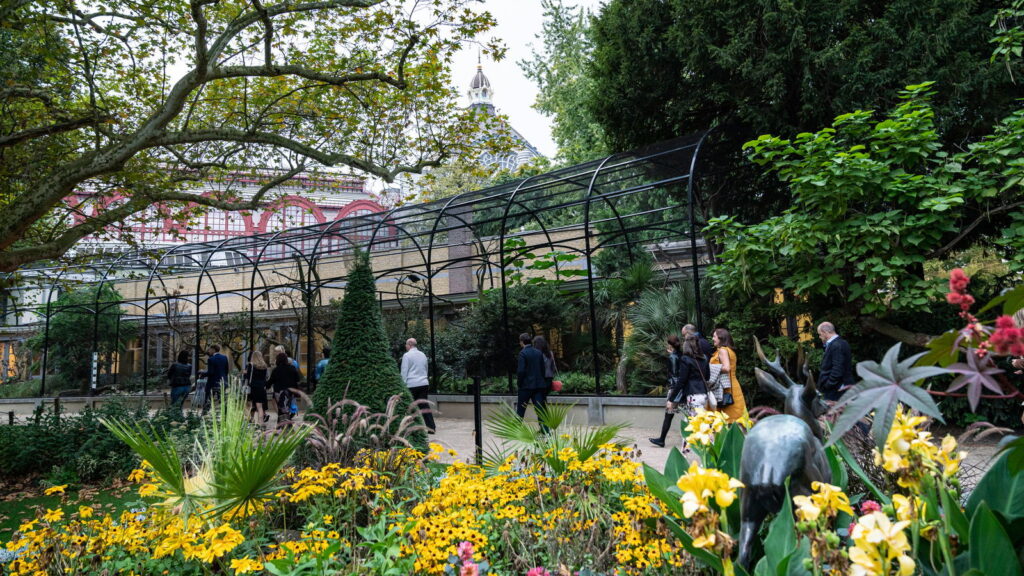
The Antwerp Zoo is located in the middle of the city center next to Antwerp Central Station. It is one of the oldest zoological gardens in the world and has over 5000 animals on display. It is also a wonderful place to stroll around on a sunny afternoon or to relax after a visit to the main shopping street Meir.
More Information
You can find more information about visiting Antwerp at:
* pictures from antwerpen.be website.

